New guidance on how to report on Gender Pay Gap
The Gender Pay Gap Information Act 2021 is set to introduce an obligation on employers for gender pay gap reporting.
This is set to be introduced on a phased basis depending on the number of employees in the organisation as follows;
- +250 employees: 2022
- +150 employees: 2024
- +50 employees: 2025
This incremental introduction is intended to allow smaller companies time to learn from bigger companies with the capacity to produce and publish reports.
Whilst we await the regulations for the Gender Pay Gap Information Act 2021 (the Regulations) to be published, new guidelines and frequently asked questions on how to calculate the Gender Pay Gap Metrics have now been released.
The Department of Children, Equality, Disability, Integration, and Youth has published guidance for
employers on how the gender pay gap calculations should be made.
Snapshot Date
Employers will be required to take a headcount of their employees on a snapshot date of their choosing in June 2022, including employees not rostered to work on that date and employees on leave.
All workers who are employees of your organisation on the snapshot date should be included in your calculations.
A reduction in employee numbers after the snapshot date will have no impact on the report.
The calculations will be based on the remuneration of the employees over the 12 months preceding the snapshot date.
The snapshot date can be any day in June.
Deadline for Reporting
The information must be produced within six months of the snapshot date.
Publishing Information
The information should be published on the Company’s website or in some other way that is accessible to all of its employees and the public.
The information must be available for at least three years from the date of publication.
Frequency of Reporting
Gender Pay Gap reporting is required to be completed annually.
Failure to Comply
Failure to comply with the obligations could result in a claim by an employee to the Director General of the WRC and subsequent investigation. The Irish Human Rights and Equality Commission also has the power to make an application to the Circuit Court or to the High Court for the granting of an order requiring the employer concerned to comply with the Regulations.
Report Content
Reporting will need to include;
- mean and median pay gaps for all employees, including part-time and those on temporary contracts;
- mean and median bonus gaps for all employees, including part-time and those on temporary contracts;
- Calculate the percentage of male and female employees that received bonuses;
- Calculate the percentage of males and females that received benefits in kind; and
- Calculate the proportion of male and female employees in each of four equally sized quartiles.
Steps employers should take
- Employers should decide on the key persons responsible to carry out the reporting; HR, Payroll, etc.
- Engagement should take place amongst Senior Level Management regarding ways of reducing pay gaps. Research what works and does not and consider what has and has not worked in the past.
- Compile a list of all employees and all elements of pay that are currently in operation, familiarising themselves with how they operate and are applied
- Ensure data is up to date in the organisation, including the gender of individuals employed.
- Employers may need to check with employees how they identify before assuming the gender of individuals.
- Employers should begin to organise their employee data into categories i.e. job title, department, etc. so that it is ready to go when they are required to report.











